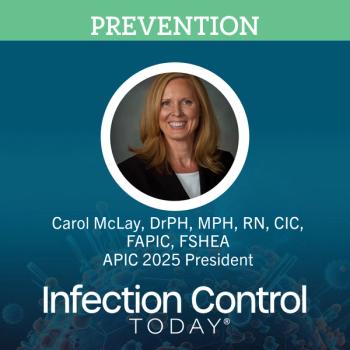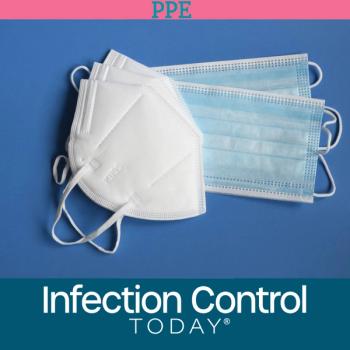
Considering Avian Flu: World Health Organization Expert Warns Against Raw Milk
Drinking raw milk poses risks of disease transmission, especially with H5N1 outbreaks. Expert Richard J. Webby, PhD, advises against raw cow or goat milk consumption due to its unpredictable and significant risks.
According to the
Birds are not the only animals that have contracted H5N1; cattle have as well. With that in mind, is unpasteurized milk, “raw” milk, safe to consume?
Some people consider raw milk to be healthier or taste better than pasteurized milk. They believe it has therapeutic properties, such as reducing allergies or asthma.
However, because of the risk of infectious disease transmission, the FDA prohibits the sale of raw milk from state to state. Also, the laws around drinking raw milk vary widely from state to state.
So, how do raw milk consumers protect themselves?
To gain some insight, Infection Control Today® (ICT®) spoke with
ICT: Drinking raw milk carries the danger of transmitting infectious diseases. What should people in those states do to protect themselves?
Richard J. Webby, PhD: The ads are quite simple: don't drink raw milk. It’s tough because if 100 people drank a glass of milk from an infected cow, I can’t confidently say how many would get sick. It's possible that none would get sick, or 99 could get sick, or somewhere in between. I don't know the answer to that since, of course, that's not an experiment we can conduct. However, I do know that cats that have been fed or have lapped up contaminated milk on farms have died with significant neurological involvement.
Furthermore, if you take contaminated milk in an experimental setting, mice have succumbed to the disease. Looking at what this virus has done to foxes, bears, and large cats that have eaten a dead [infected] chicken in the wild, you see very severe disease, neurological infection, and neurotic symptoms. To me, while I don't know the exact risk of drinking it, it's something I wouldn't even consider. It just seems like an incredible risk to me.
ICT: That's not worth it. I did when I was little, but that was a long time ago.
RJW: I did, too; I grew up in rural New Zealand, particularly on farms. Right now, it depends on where you are; if you're on the East Coast [in the US], at least from a flu perspective, the risk is probably limited. In contrast, California has an incredibly high risk. It doesn't seem to be known. Naturally, that's where the virus spreads through cows.
That's right, in the heavily infected cows, it's clear that milk is bad, right? It's all currently curdle-y and terrible. We also know that normal-looking milk can contain viruses.
ICT: What about goats for people who drink goat milk?
RJW: It's similar. Ruminants like goats have not traditionally been permissive hosts for the flu, but cows aren’t supposed to get it either. Some serological evidence over the years suggests that goats could also become infected. So, I categorize them with cows. I think it's probably rare for even cows to get the flu. We’ve had H5N1 circulating in other parts of the world for nearly 25 years, and we haven't seen anything like what’s happening in the US before. I think that's likely because cows, in a classical sense, are resistant to infection.
You can introduce this H5N1 virus into the nose of cows, and not much happens. But somewhere along the line, this virus found a way to reach the surface of a cow, probably through the milking process and other means. That's how it's spreading. But that initial cow transmission event is probably quite rare, so if you're thinking about goats and sheep, yes, it's likely possible that they could get infected. But again, goat or sheep transmission is probably a rare event. If I had to choose…and drink a glass of goat or sheep milk or cow's milk right now, I'd choose the sheep or goat milk. But again, it all comes with some risk.
ICT: Is there anything else you would like to add? Is there something specific you want to share with our audience?
RJW: I'm back to your very first question. It's viruses changing. But they change all the time. There's nothing to suggest an elevation or a particular elevation and risk, but that could change tomorrow.
It's similar to what I mentioned to someone else. When I understood much of what was happening, not just from a risk perspective but also regarding the trust of the farmers and the workers, it became clear how much they needed to be informed. Information needs to flow down to the people who need to hear it. I can sit here comfortably and tell people all day about what's going on and the associated risks, but until they hear it from people they trust, it’s not going to stick.
Newsletter
Stay prepared and protected with Infection Control Today's newsletter, delivering essential updates, best practices, and expert insights for infection preventionists.






